This felt like the most inconsequential of stories, but it's one I don't want to forget.
I hadn't been to La Paz in 5 years. The summer of 2017 was too busy. In the summer of 2018 I realized I would have January 2019 free, and thought it better to visit during a time when the altiplano is in summer. But of course, then the election crisis of 2019 happened, and things still seemed to tenuous in early 2019. Protests and violence, or food shortages at the very least, seemed like they might break out at any minute. I'll have to wait until summer 2020 I thought. But as I packed up my apartment in Maine to move back to Illinois in the back of my station wagon in the first weeks of the COVID-19 pandemic, mid-March 2020, I said out loud to myself, I suppose that plan's not going to work either.
And so, after 5 years, I returned. That first evening back, I walked into my favorite local bar. The bartender poured me a shot and said "welcome home." And the whole trip felt a little like that. I did no "research." I went to visit friends (and a friend's grave). I caught up on the local news. I drank gin & tonics in that bar, I watched movies in the tattoo studio across the street, and I went to Calle Rodriguez to buy weekly food with friends. I drank tea late into the night in friends' kitchens listening to stories from late 2019. I simply found a way to settle back in.
The day I left on an 8pm flight, I inevitably had too many errands to do. I bought some nice Bolivian chocolate bars for friends in the US, then went with Gus to go by my friends' restaurant to say goodbye. As we walked along Calle Illampu looking for a taxi that would take us back to my apartment to get my bag, and then to the airport, a particularly rough looking man walked toward us through the thin touristy crowd. As he got near enough that would could smell his faint stench, and without breaking stride, he used a finger to block one nostril and blew a visibly large and yellow booger out the other side. As he passed us, I realized he looked either to be a gringo or a criollo boliviano fallen on hard times.
I was thinking to myself, "Don't react, Nell. Take this in stride," when Gus said "Pues, es un buen recuerdo de Bolivia para tu despedida" [Well, that's a nice memory of Bolivia for your departure]. The two of us laughed as we walked down the street which was still decorated with multicolored umbrellas hanging above for the city's founding day celebrations. In that moment everything felt good and right. I felt at home and surrounded by people I love and I didn't want to leave. But I know I won't let 5 years pass again, if I can help it.
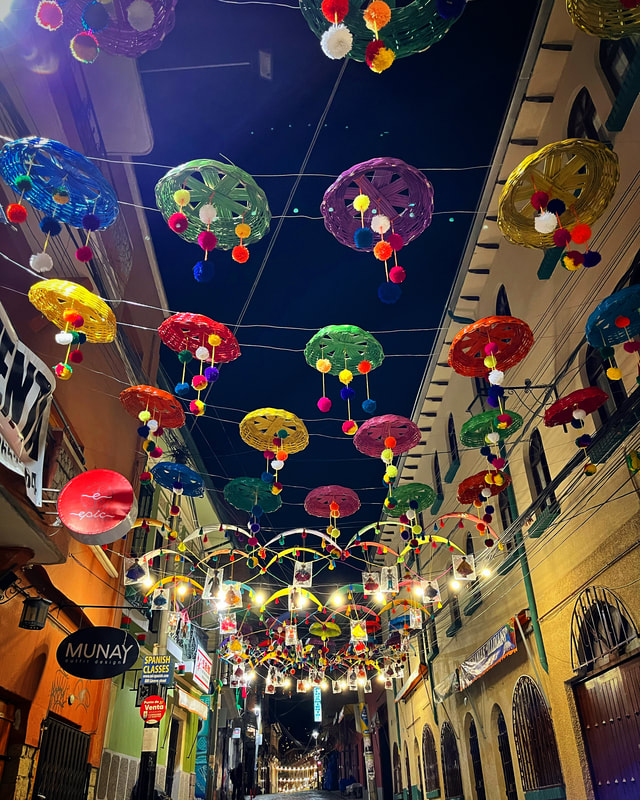


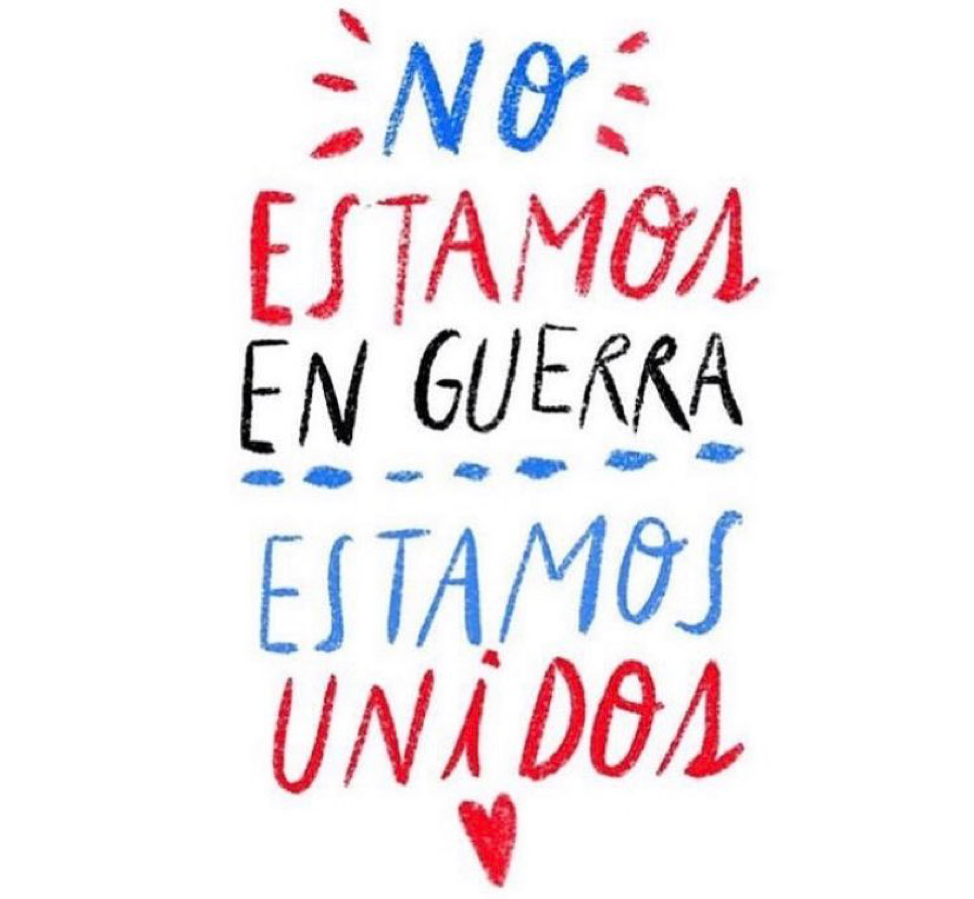
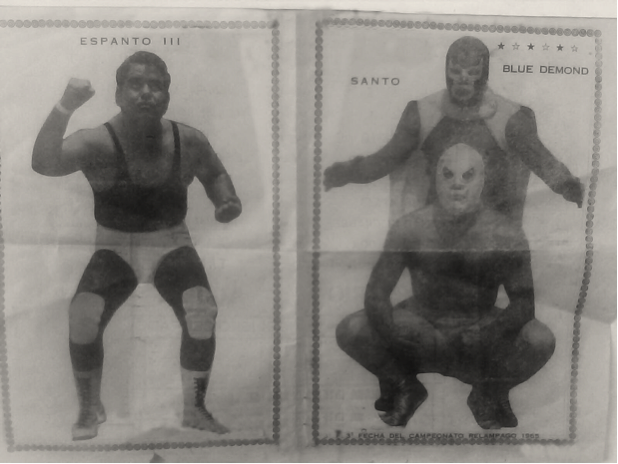
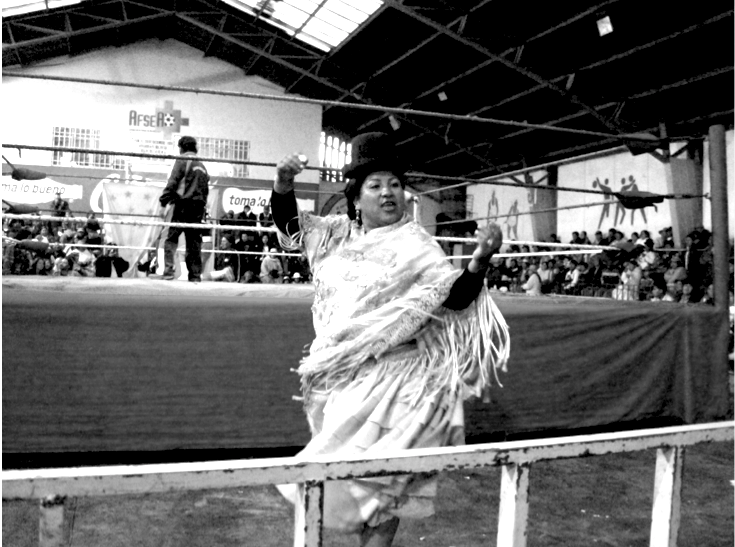
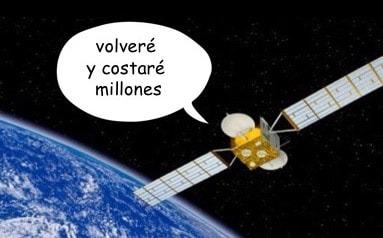
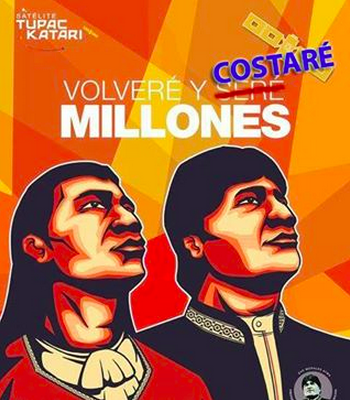
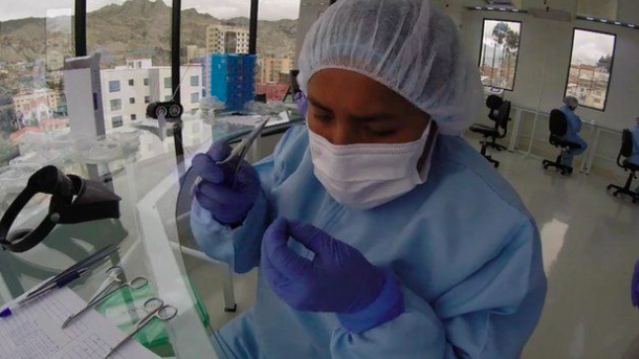
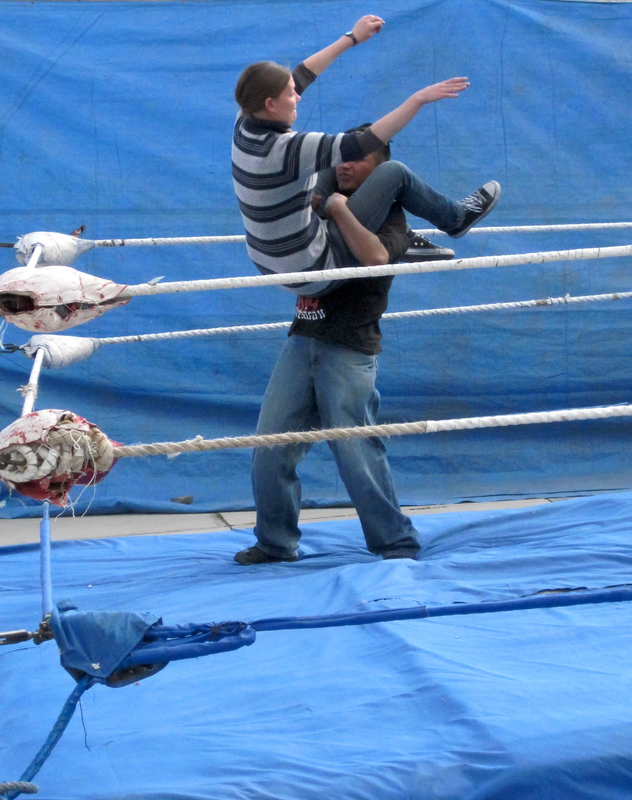
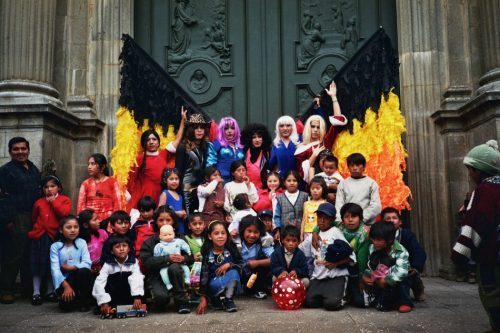


 RSS Feed
RSS Feed
